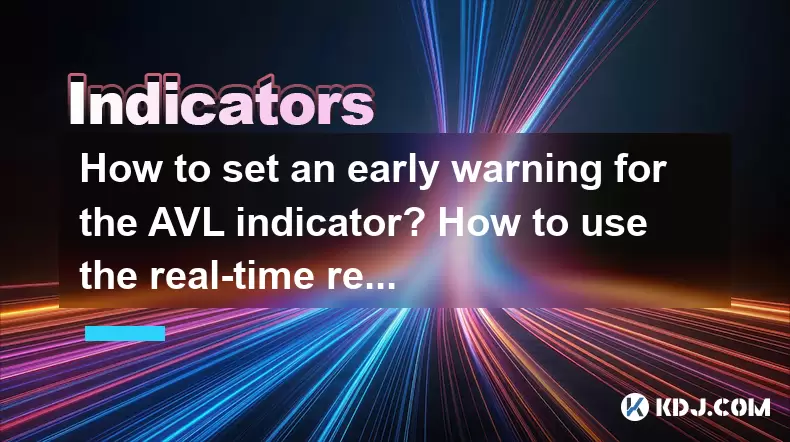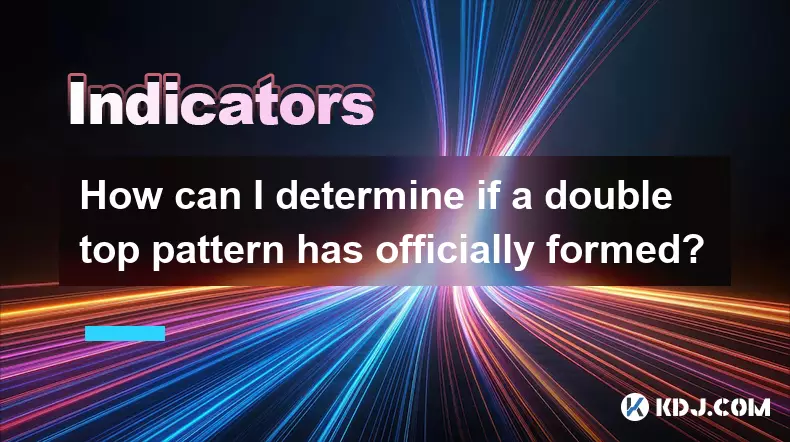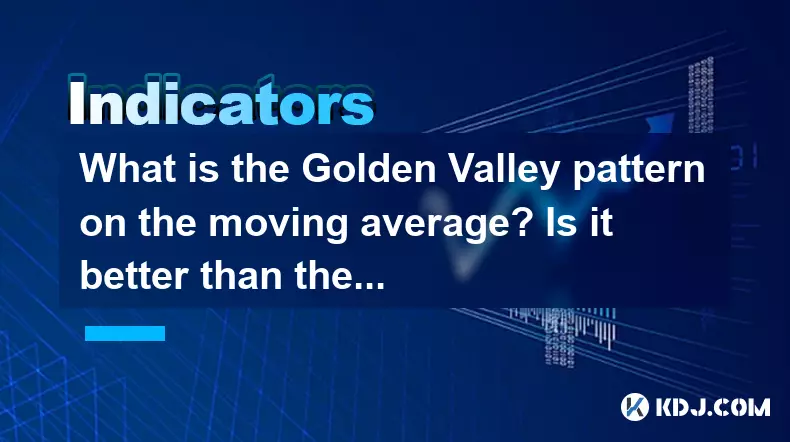-
 bitcoin
bitcoin $118548.520763 USD
3.67% -
 ethereum
ethereum $4352.564943 USD
4.79% -
 xrp
xrp $2.964058 USD
4.22% -
 tether
tether $1.000565 USD
0.05% -
 bnb
bnb $1028.372955 USD
1.46% -
 solana
solana $221.373507 USD
6.00% -
 usd-coin
usd-coin $0.999933 USD
0.02% -
 dogecoin
dogecoin $0.248633 USD
6.85% -
 tron
tron $0.341444 USD
2.38% -
 cardano
cardano $0.852946 USD
5.82% -
 hyperliquid
hyperliquid $47.869306 USD
6.15% -
 chainlink
chainlink $22.561476 USD
6.01% -
 ethena-usde
ethena-usde $1.001258 USD
0.05% -
 avalanche
avalanche $30.660000 USD
2.06% -
 stellar
stellar $0.400917 USD
9.76%
How to set an early warning for the AVL indicator? How to use the real-time reminder function?
Set up early AVL indicator warnings and use real-time reminders on trading platforms like TradingView to stay ahead of crypto market movements and make informed trades.
May 22, 2025 at 09:21 am

Setting an early warning for the Average Volume Line (AVL) indicator and using the real-time reminder function are crucial tools for traders in the cryptocurrency market. These functionalities help traders stay ahead of market movements and make informed decisions. In this article, we will explore how to set up an early warning for the AVL indicator and utilize the real-time reminder function effectively.
Understanding the AVL Indicator
The Average Volume Line (AVL) indicator is a technical analysis tool used to gauge the strength of a cryptocurrency's trading volume over a specified period. It helps traders understand whether the current trading volume is increasing or decreasing, which can be a significant indicator of future price movements. By setting an early warning for the AVL, traders can be alerted when the volume reaches certain thresholds, enabling them to take action before significant price changes occur.
Setting Up the AVL Early Warning
To set up an early warning for the AVL indicator, you will need to use a trading platform that supports custom indicators and alerts. Here are the steps to follow:
Choose a trading platform: Ensure that the platform you are using supports the AVL indicator and has the capability to set custom alerts. Popular platforms that support this functionality include TradingView, MetaTrader, and some cryptocurrency exchanges with advanced charting tools.
Add the AVL indicator: Once you have selected your platform, add the AVL indicator to your chart. In TradingView, for example, you can search for the AVL indicator in the indicator library and apply it to your chart.
Configure the AVL settings: Adjust the settings of the AVL indicator according to your trading strategy. You may need to specify the period over which the average volume is calculated. Common periods include 10, 20, or 50 days.
Set the alert conditions: Navigate to the alert settings on your trading platform. In TradingView, you can click on the alert icon and select 'Add Alert'. Choose the AVL indicator from the list of available options.
Define the threshold: Specify the threshold at which you want to be alerted. For example, you might want to be alerted when the AVL crosses above or below a certain level. Enter the value and choose whether you want to be alerted when the AVL crosses above, below, or touches the threshold.
Select the alert method: Choose how you want to receive the alert. Options typically include email, SMS, push notifications, or sound alerts on the platform itself. Select the method that suits your trading style and ensures you receive the alert promptly.
Save the alert: After configuring all the settings, save the alert. The trading platform will now monitor the AVL indicator and send you an alert when the specified conditions are met.
Using the Real-Time Reminder Function
The real-time reminder function is a complementary tool that can enhance your trading strategy by keeping you informed about specific market conditions in real-time. Here's how to use this function effectively:
Identify key indicators: Determine which indicators or market conditions you want to be reminded about. This could include price levels, volume spikes, or specific technical patterns.
Set up real-time reminders: Similar to setting up an AVL alert, navigate to the alert settings on your trading platform. In TradingView, you can add a new alert and select the indicator or condition you want to monitor.
Configure the reminder settings: Specify the conditions under which you want to be reminded. For instance, you might want to be reminded when the price of a cryptocurrency reaches a certain level or when a particular technical pattern forms.
Choose the reminder method: Select how you want to receive the reminder. Options are similar to those for alerts and include email, SMS, push notifications, or sound alerts.
Save the reminder: After setting up the reminder, save it. The trading platform will now send you reminders in real-time when the specified conditions are met.
Integrating AVL Alerts with Real-Time Reminders
To maximize the effectiveness of your trading strategy, consider integrating your AVL alerts with real-time reminders. This approach allows you to receive comprehensive information about both volume and price movements, enabling you to make more informed trading decisions.
Monitor volume and price simultaneously: Set up AVL alerts to monitor volume changes and real-time reminders for price levels or technical patterns. This dual monitoring can help you identify potential trading opportunities more accurately.
Adjust thresholds based on market conditions: As market conditions change, adjust the thresholds for your AVL alerts and real-time reminders. This flexibility ensures that your alerts remain relevant and useful.
Use alerts to trigger reminders: You can set up your trading platform to trigger real-time reminders based on AVL alerts. For example, when an AVL alert is triggered, a reminder can be sent to check specific price levels or technical patterns.
Troubleshooting Common Issues
While setting up AVL early warnings and real-time reminders, you may encounter some common issues. Here's how to troubleshoot them:
Alerts not triggering: Ensure that the thresholds you have set are realistic and that the market conditions allow for the alert to be triggered. Also, check that your trading platform is properly connected to the internet and that the alert settings are correctly saved.
False positives: If you receive too many false positive alerts, adjust the thresholds to be more specific. You may also need to refine your trading strategy to filter out noise in the market.
Delayed notifications: If you experience delays in receiving notifications, check your internet connection and the settings of your trading platform. Ensure that the notification method you have chosen is reliable and that your device is configured to receive alerts promptly.
Enhancing Your Trading Strategy
To enhance your trading strategy further, consider the following tips:
Backtest your alerts: Before relying on AVL alerts and real-time reminders, backtest them using historical data. This process can help you understand how effective your alerts would have been in the past and allow you to refine your strategy.
Combine with other indicators: Use AVL alerts and real-time reminders in conjunction with other technical indicators such as Moving Averages, RSI, and MACD. This multi-indicator approach can provide a more comprehensive view of market conditions.
Stay informed: Keep up-to-date with market news and events that could impact the cryptocurrencies you are trading. This information can help you interpret your alerts and reminders more accurately and make better trading decisions.
Frequently Asked Questions
Q: Can I set up AVL alerts on mobile trading apps?A: Yes, many mobile trading apps support custom indicators and alerts, including the AVL indicator. Check the app's documentation or settings to see if this functionality is available and how to set it up.
Q: How often should I review and adjust my AVL alert thresholds?A: It is advisable to review and adjust your AVL alert thresholds regularly, ideally on a weekly basis or whenever there are significant changes in market conditions. This ensures that your alerts remain relevant and effective.
Q: Are there any costs associated with using real-time reminders?A: Some trading platforms may charge for advanced features like real-time reminders, especially if you opt for SMS or push notifications. Check the fee structure of your trading platform to understand any potential costs.
Q: Can I set up multiple AVL alerts for different cryptocurrencies?A: Yes, you can set up multiple AVL alerts for different cryptocurrencies on most trading platforms. Each alert can be configured with different thresholds and reminder methods to suit your trading strategy for each cryptocurrency.
Disclaimer:info@kdj.com
The information provided is not trading advice. kdj.com does not assume any responsibility for any investments made based on the information provided in this article. Cryptocurrencies are highly volatile and it is highly recommended that you invest with caution after thorough research!
If you believe that the content used on this website infringes your copyright, please contact us immediately (info@kdj.com) and we will delete it promptly.
- BlockDAG, DOGE, HYPE Sponsorship: Crypto Trends Shaping 2025
- 2025-10-01 00:25:13
- Deutsche Börse and Circle: A StableCoin Adoption Powerhouse in Europe
- 2025-10-01 00:25:13
- BlockDAG's Presale Buzz: Is It the Crypto to Watch in October 2025?
- 2025-10-01 00:30:13
- Bitcoin, Crypto, and IQ: When Genius Meets Digital Gold?
- 2025-10-01 00:30:13
- Stablecoins, American Innovation, and Wallet Tokens: The Next Frontier
- 2025-10-01 00:35:12
- NBU, Coins, and Crypto in Ukraine: A New Yorker's Take
- 2025-10-01 00:45:14
Related knowledge

What is a tower bottom candlestick pattern? Does it have a high success rate?
Sep 22,2025 at 07:18am
Tower Bottom Candlestick Pattern Explained1. The tower bottom candlestick pattern is a reversal formation that typically appears at the end of a downt...

What is a black hole pattern in the MACD indicator? Is it a cause for concern?
Sep 21,2025 at 06:54pm
Bitcoin's Role in Decentralized Finance1. Bitcoin remains the cornerstone of decentralized finance, serving as a benchmark for value and security acro...

How can I use the psychological line (PSY) to determine market sentiment?
Sep 17,2025 at 02:19pm
Understanding the Psychological Line (PSY) in Cryptocurrency TradingThe Psychological Line, commonly referred to as PSY, is a momentum oscillator used...

How can I determine if a double top pattern has officially formed?
Sep 21,2025 at 03:18am
Understanding the Structure of a Double Top Pattern1. A double top pattern consists of two distinct peaks that reach approximately the same price leve...

What is the Golden Valley pattern on the moving average? Is it better than the Silver Valley pattern?
Sep 21,2025 at 02:54pm
Understanding the Golden Valley Pattern in Moving Averages1. The Golden Valley pattern is a technical formation observed in cryptocurrency price chart...

What does a death cross of the RSI in the strong zone (above 50) mean?
Sep 17,2025 at 10:54pm
Understanding the Death Cross in RSI Context1. The term 'death cross' is traditionally associated with moving averages, where a short-term average cro...

What is a tower bottom candlestick pattern? Does it have a high success rate?
Sep 22,2025 at 07:18am
Tower Bottom Candlestick Pattern Explained1. The tower bottom candlestick pattern is a reversal formation that typically appears at the end of a downt...

What is a black hole pattern in the MACD indicator? Is it a cause for concern?
Sep 21,2025 at 06:54pm
Bitcoin's Role in Decentralized Finance1. Bitcoin remains the cornerstone of decentralized finance, serving as a benchmark for value and security acro...

How can I use the psychological line (PSY) to determine market sentiment?
Sep 17,2025 at 02:19pm
Understanding the Psychological Line (PSY) in Cryptocurrency TradingThe Psychological Line, commonly referred to as PSY, is a momentum oscillator used...

How can I determine if a double top pattern has officially formed?
Sep 21,2025 at 03:18am
Understanding the Structure of a Double Top Pattern1. A double top pattern consists of two distinct peaks that reach approximately the same price leve...

What is the Golden Valley pattern on the moving average? Is it better than the Silver Valley pattern?
Sep 21,2025 at 02:54pm
Understanding the Golden Valley Pattern in Moving Averages1. The Golden Valley pattern is a technical formation observed in cryptocurrency price chart...

What does a death cross of the RSI in the strong zone (above 50) mean?
Sep 17,2025 at 10:54pm
Understanding the Death Cross in RSI Context1. The term 'death cross' is traditionally associated with moving averages, where a short-term average cro...
See all articles










































































